For Great Chicken, You Have To Know When It’s Done – Don’t You?
You’ve all seen those directions in your roast chicken recipes: “Roast until Done.” Gee, thanks for all the help. The exact directions can be found in recipes for grilled chicken, sauteed, pan-fried, or any other way to cook this favorite bird.
Intuitively, we know what “done” looks like – the meat should be white all the way through, not pink. It should also be completely opaque, with no translucent spots. And pink or bloody liquid is a no-no. The juices should always run clear.
That’s all good and important, especially with salmonella’s being such a problem when it comes to poultry. But how can we tell when the meat is done to the bone and not overcooked? The skin can be golden brown, and the chicken can smell great, but it might not be done in the center or completely overcooked and dried out.
Cooking Variables
For starters, and most importantly, it is almost impossible to go by stated cooking times in recipes. Instead, start looking at those times as estimates and estimates only. There are so many different variables at play when it comes to timing recipes; the size and make of the oven, whether or not it’s a convection oven, did you preheat the oven, and the precise size of your chicken and its temperature when you put it in the oven in the first place.
If you pull a chicken out of the refrigerator and it’s 40ºF, common sense tells you it will take longer to cook than a chicken that’s sat out for 30 minutes and reaches a standing temperature of 60ºF. Therefore, “350º F for 45 minutes” is not very helpful.
Why?
Besides all the variables just mentioned, most of us are so afraid to undercook food that we tend to let it cook longer, forgetting that all meats and poultry need to rest to redistribute the juices. While it is resting, it is continuing to cook.
At best, consider “time and temperature” a ballpark estimate. For example, set the oven to 350º F, but start checking the internal temperature at 35 minutes, realizing it could take well over an hour. Forget the notion that the time and temperature estimations for doneness are the holy grail.
Sure, it’s much easier to cook this way, but also a great way to get over or undercooked chicken.
Remember – Time & Temperature is just an estimation.
Whether you poach, grill, saute, or roast your chicken, you must find a reliable measure of doneness. Cooking a bird for several hours “just to be on the safe side” is just as bad as serving undercooked meat. It might be even worse. You can always cook the chicken more, but there is no way to uncook it.
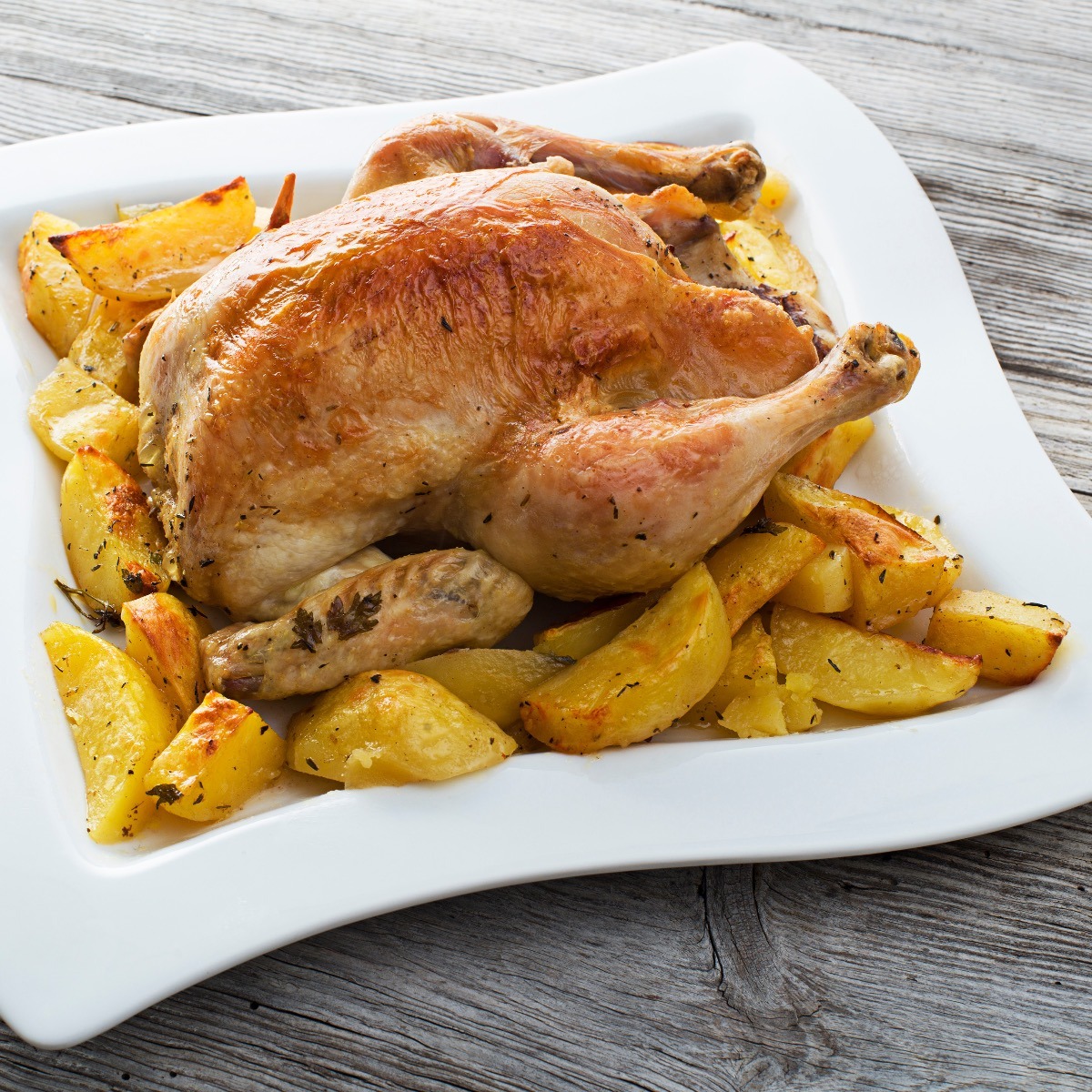
Popular Suggestions That Don’t Work
Many cooking resources advise cutting into the leg to see if the juices run clear. However, there are a couple of problems with this method. For one, and rather obviously, not everyone cooks whole chicken, and often we cook boneless cuts.
Another issue is that when the juice runs out of the chicken, as it most certainly will when you slice it open, you end up with dry chicken. So, even if you haven’t overcooked the bird, it might still taste overcooked just because it is drier than it should be.
Other cooking resources advise you to jiggle or tug on the leg to see if the bone feels loose in the socket. I don’t think much of this method, especially since it’s the way I test for doneness when I’m slow-cooking a rack of baby back ribs.
Yes, the meat will be done when the bone is loose in the leg socket, but most likely, it will be overdone, as the looseness is a sign that the connective tissue that holds the bone in place has gelatinized. This is a good thing when you are looking for lip-smacking goodness.
It could be better when you want tender, juicy, perfectly cooked roast chicken. But, as I stated before, you might not always have a bone in a socket to wiggle.
How to Know When the Chicken Is Done
An instant-read thermometer is the most reliable and accurate way to test for doneness, regardless of cooking method. Just pierce the meat in the thickest part, being sure not to hit the bone (the bone will be hotter than the meat).
Try to aim for the center of the piece of meat. If unsure, pierce to the bone (or all the way through if you’re cooking a boneless cut) and back it out halfway.
You’re looking for a final internal temperature of 165º F for white meat and about 180º F for dark meat. Remember that these are the USDA recommendations; many people feel they are set too high.
They are set for your safety, so I find it best to stick with these temperatures, especially when dealing with poultry.
Once you take a piece of meat out of the oven, its temperature will continue to rise. How much it rises depends on the size of the piece of meat and the temperature at which you are cooking it.
The temperature may only rise one or two degrees for smaller pieces of meat, such as breasts. However, for larger cuts and whole birds, the temperature can continue to rise as much as 10-15 degrees over a half hour to forty-five minutes.
Keep carryover cooking in mind when you roast any sort of meat, and allow for it in your temperature readings. For example, when roasting a whole chicken, take it out of the oven when the breast reads an internal temperature of 155º F-157º F, cover it, and let it rest, allowing the temperature to rise to 165º F.
When roasting a chicken breast, please remove it from the oven at an internal temperature of 162-163F, letting it rest, covered, until it reaches 165º F. Not only will resting the bird allow for carryover cooking, but it also gives the juices in the bird time to redistribute evenly throughout the meat, resulting in a juicy, tender bird.
Experience
You might ask if professional cooks use instant thermometers, and I can tell you they all carry them on their person at all times because it is the law, and I imagine most of them use them. But, after cooking thousands of chickens, I’m sure they intuitively know when they are done.
I’ve even been told by one chef she could hear when a chicken breast is perfectly cooked while sauteing. So cooking by ear – sounds interesting.
You may find it a pain at first to check everything you cook with an instant thermometer, but after a few perfectly cooked outcomes, you will make it a standard part of your cooking experience.
Your Experiences
Please share your tips for cooking delicious, moist chicken in the comment section below.

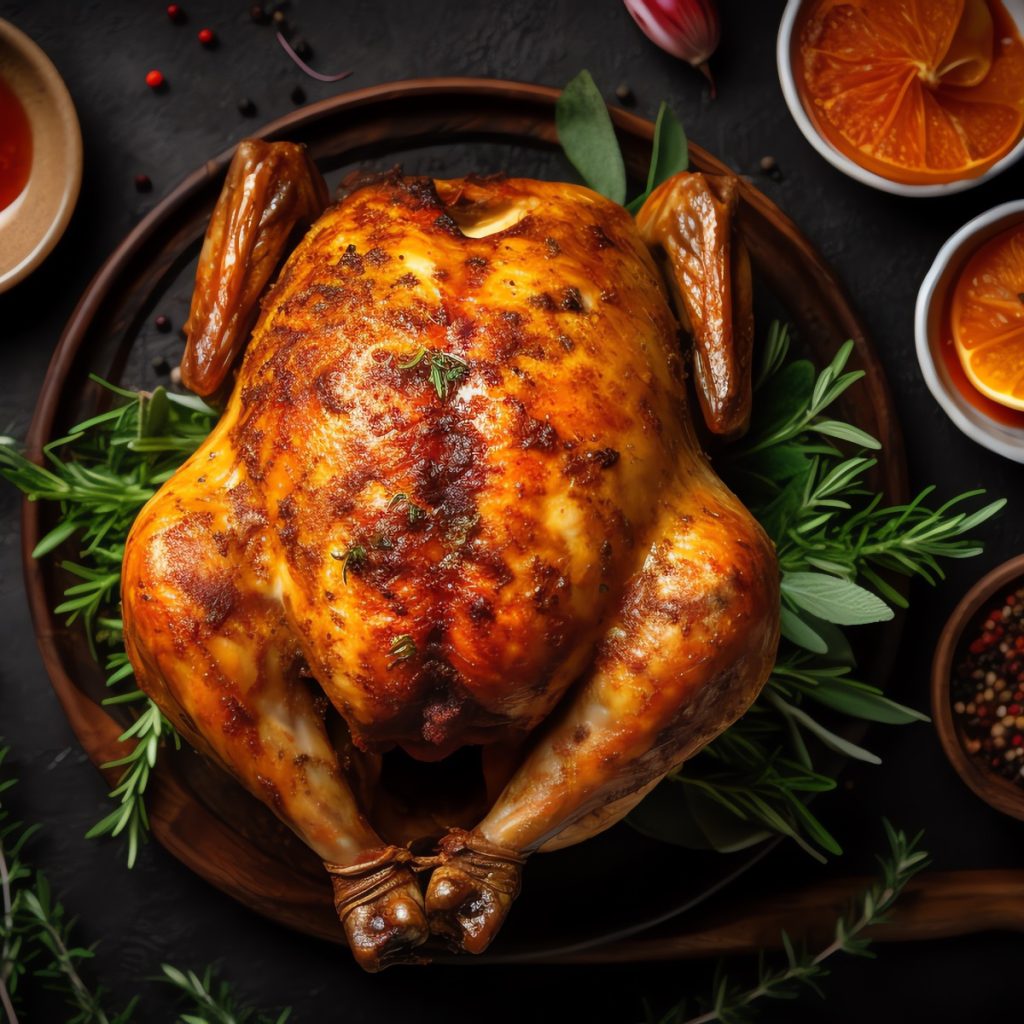
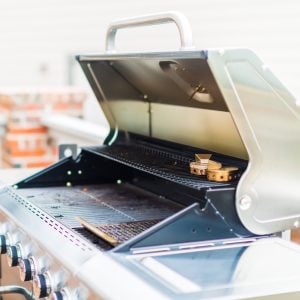
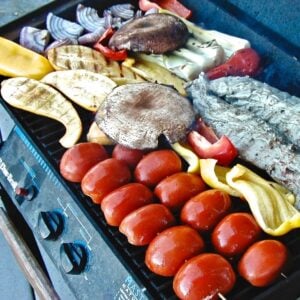


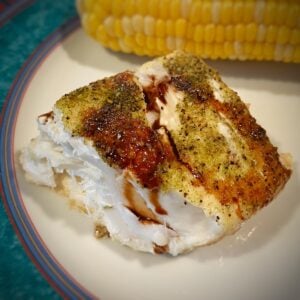
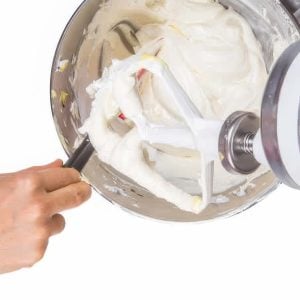
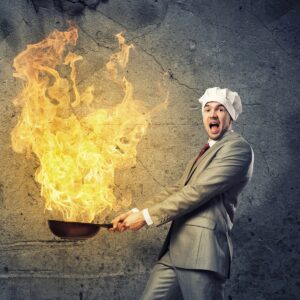
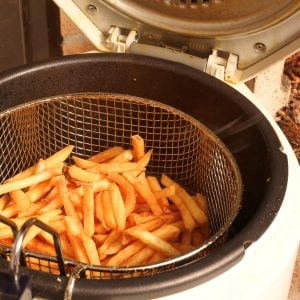

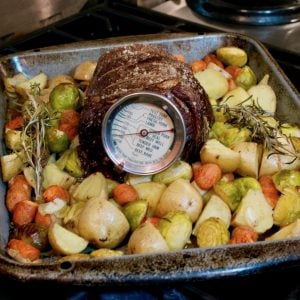
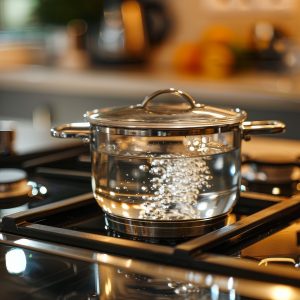
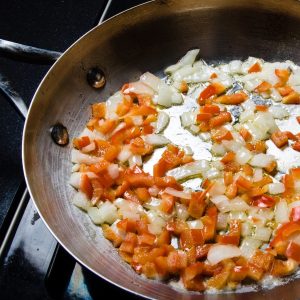


22 Responses
Finally, someone answered that question! Thanks for the help.
You are very welcome Dalesh, thanks for visiting – RG
Mostly, I cut a small opening in the thickest part of the meat and check the color on the inside. I know it isn’t the best way to do it but by now, I pretty much know how long I need to leave it in the oven for. But whenever I have to roast a whole bird, I always wish I had a thermometer to check if it is done! Thanks for all the tips!
MissGabyLee, that’s how many of us home cooks do it, because it leaks out all those important juices to keep the meat juicy but if it works for you…… – RG
I roasted two turkey roulade for Thanksgiving. One on bottom rack and one in middle. Both same size. I took them out of fridge 1 hr. before cooking, knew that my oven temp was accurate. Still they took an hour longer than the recipe said. Did having two in oven cause this?
Kathleen, most likely. Don’t forget the turkeys are both absorbing the heat of the oven so there isn’t as much heat to go around and why your time ESTIMATE might be off but I’m hoping you are using a thermometer to tell when the turkey is done and taken out of the oven.
When covering it, do you mean with aluminum foil?
Hi Peter, I usually cover it with aluminum foil that I poke a few holes in so the steam can escape but I’ve also used large pot covers if they are big enough. – RG
Hi RG, I’m wondering why sticking a thermometer in the meat doesn’t cause the juices to run out when a knife certainly does?
Great question Bonnie and one I need to ask some professional chefs about. They always say not to use a fork when turning steaks on the grill or in the pan so the juices don’t run out but then how do you stick them with a thermometer? I guess if you don’t do it repeatedly, it isn’t a problem or maybe it’s ok with chicken. I’m going to write a chef friend right now and see what he has to say. Thanks for the question. – RG
Bonnie, I checked with a professional who knows a lot about this subject and without getting too technical, here is what he had to say,
“Think about meat more like a sponge rather than a balloon. If I have a sponge full of water and I prick it with a straight pin, only a small portion is effected and only a little water will escape. Grill a thick steak and set it on your cutting board to rest. Then cut it into slices, If the meat wasn’t overcooked, the amount of liquid exuded increases proportionally as each slice is made. All the liquid doesn’t come from a single slice.”
Hope this helps, RG
There are some remote read thermometers available. stick the sensor in the meat after cooking for a while and run the cable out the oven (or grill) door. The sensor stays in place and plugs the hole so the juices don’t leak.
Hi Blackburn, I have one of these thermometers and they work very well. – RG
I normally fry chicken thighs for my family and sometime it is under cook. how do i know when the chicken with be done all the way to the bone? I don’t use flour like in regular fry chicken,, i just marinate using asian style techniques but my resluts are always different. Some time its too crispy sometimes its not always cook all the way through. help!
What a load of overstated nonsense. And if you read the FDA guidelines for meat process companies you would know this. The FDA admits the chicken and pork guidelines are based on the look and texture the US public is used to not any health related concept. That is in their own reports.
Most Salmonella is not from chicken but from fruits and nuts. Salmonella can be eradicated at 120 degrees if maintained there for long enough.
Chicken is best about 135 – 145 degrees – not jelly like but a tinge of pink. 165 is way overcooking the chicken.
We just have these old guidelines that were way over the top to begin with and have become lore without any scientific basis whatsoever.
People treat pork the same way yet the rules for pork are no different – nor should they be – from beef. Rare pork is as safe as rare beef – yet if you tried telling restaurants not to serve rare steaks they’d be up in arms – so would the public.
Yes, I would agree with your thoughts on the cause of the extra time taken. I was a Domestic Science teacher for many years – the more we filled our ovens the longer the cooking time. This happens in fan ovens and to a greater extent in those without a fan. When using a microwave oven the same situation occurs.eg. Two Baked Potatoes will take longer than one potato baked alone.
I’m boiling a chicken on the stove-top. I just checked the temp. with an instant thermometer and it registered at 171 in both the breast and the thigh. I took it out of the pot to cool and begin to debone– only to discover that it’s not done! WTF? That’s what sent me in search of the correct done temp for a chicken. I was going on the idea that it’s 165, and I’m right! Except my 170 degree chicken is still pink and rubbery. Ugh.
Hey Kate, that’s interesting. I just checked http://www.foodsafety.gov/keep/charts/mintemp.html to confirm my temperature range and they say 165F. At first I was wondering if the whole chicken was at room temperature before boiling before cooking, but that shouldn’t matter. Are you using an instant thermometer and if so, what brand? Some are better than others and the expensive ones give you a much better result faster than the cheap $6 models. Did you let it rest 5 to 10 minutes before deboning? The chicken will continue to cook for a while when resting. I wonder if the size or age of a chicken matters. So much to find out.
Good article. Definitely one of the best ways to tell if chicken is done is to use a thermometer. Here’s a really good video that will show newbies how to do this…it’s really helpful: http://www.perdue.com/how-to/knowing-when-its-done/
This is a great article. Thank you for writing it. I have a question about using the thermometer. Do you take the meat off the grill before you check the temperature or do you leave it on the grill to check? If you leave it on the grill, does that artificially give the meat a higher temperature than if you took it off and tested it? Thank you so much!!
Hi Elizabeth, great question. I personally check the meat while it’s still on the grill but have often asked myself the same question you are asking. I believe if you are careful and do not put the thermometer in more than halfway, you should get an accurate reading. Think about the thermometers you stick into a roast or turkey and leave them in the oven the entire time. They are not affected by the heat of the oven so I’m thinking it works the same way with an instant thermometer. If anyone has any other ideas, please share.
I’ve actually been reading more and more not to use the juice color because juices can run clear as low as 150 degrees and can stay slightly pink upwards of 185 degrees due to the myoglobin.
In my experience, the breast will already be overcooked and dry at 155. With Carry over cooking it will be even more so. Breast meat can safely be eaten at 144 if kept at this temperature for at least a few minutes.
As soon as the meat starts to pull away from the tips of the drumsticks the dark meat is done. Also if you press your ring finger and thumb together and tap on your hand right next to your thumb (the meaty part) this should feel the same as the Brest another way to know if your meat is done
Thanks for the tips Josh.
This is probably good advice overall but there is one problem. Temperature does not keep rising when meat is taken out of the oven, etc. Unless the room is hotter than the oven or full of microwaves! It just isn’t scientifically possible. I think there might be ongoing heat transfer from the hottest parts to the cooler parts of the meat, meaning that areas that were below 165F rise to reach it.
Hey John, you are right the chicken doesn’t continue to cook when taken out of the oven but “carry over” occurs where the the center of meat or piece of chicken will be lower than the exterior parts closest to the heat. As the chicken rests, some of that heat gets transferred to the center and raises the temperature. I suppose you could say the meat isn’t still cooking but is transferring heat energy (conduction) so some might say “transfer of heat” is in fact cooking.
This carry over is much more prevalent when cooking whole chickens so more resting time is needed but even grilling a boneless chicken breast there will be some carry over effect. So if your ideal internal temperature for a boneless chicken breast is 160°F and you cook the center right to that temperature, by the time you let the breast rest a couple of minutes and then plate and serve, the internal temperature is going to rise and the meat will be overcooked and dried out.
I’ll work at changing my copy in my article to look more at “carry over” rather than saying it continues to cook. Thanks for bringing this to my attention.